Anise Seed Spice: The Sweet Secret Behind Your Favorite Flavors
Ever wondered what gives licorice candy that unmistakable sweetness? Or why some Italian sausages taste so aromatic and warm? Chances are, you're tasting the magic of anise seed spice. This tiny yet powerful seed has been delighting palates for centuries — and it's time we give it the spotlight it deserves.
Table of Contents
- A Brief History of Anise Seed
- What Exactly Is Anise Seed?
- Flavor Profile & Aroma
- Culinary Uses Around the World
- Health Benefits You Might Not Know
- 5 Pro Tips for Cooking with Anise Seed
- Your Ultimate Buying Guide
- How to Store Anise Seeds Like a Pro
- Conclusion: Embrace the Anise Love
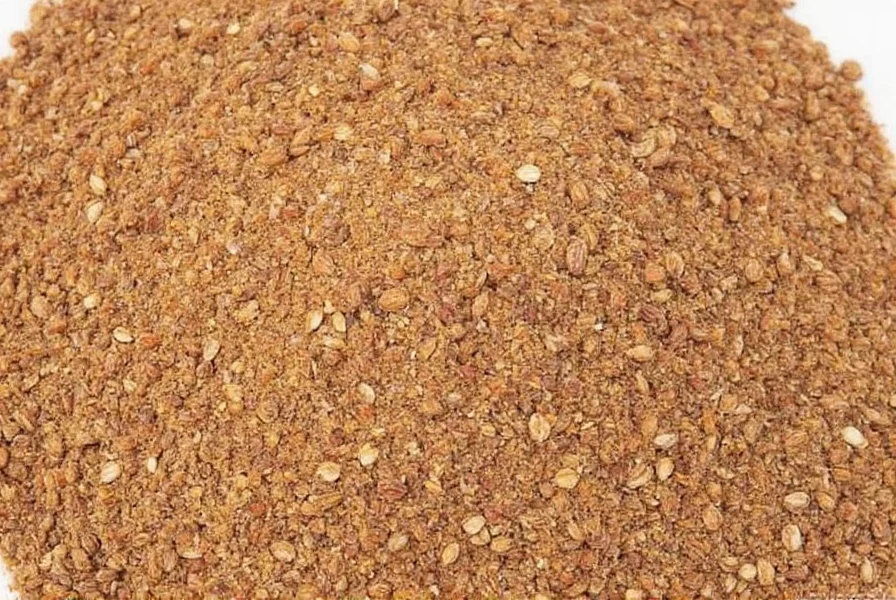
A Brief History of Anise Seed
The journey of anise (Pimpinella anisum) begins thousands of years ago in the eastern Mediterranean and Egypt. Ancient Egyptians used it not just as a flavoring agent but also in rituals and medicine. Hippocrates, the father of medicine, recommended it for digestive ailments. During the Middle Ages, anise was prized for its ability to freshen breath and soothe stomach discomfort.
By the time European traders introduced anise to the Americas, it had already become a staple in kitchens from India to Italy. Today, it’s grown worldwide — with major producers including Spain, Mexico, and Egypt — and remains one of the most beloved spices in global cuisine.
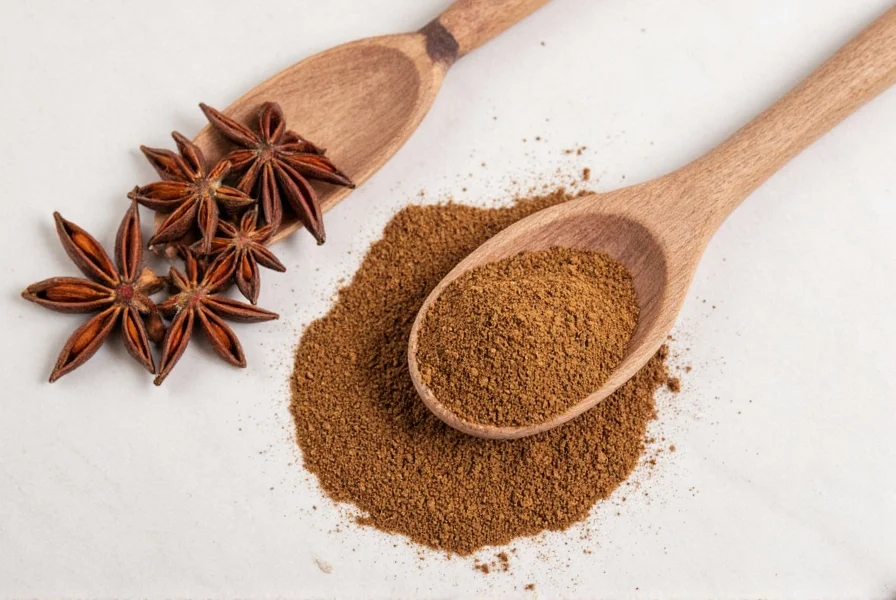
What Exactly Is Anise Seed?
Anise is a flowering plant in the Apiaceae family — the same family that includes carrots, parsley, and dill. The part we use as a spice is the dried fruit, commonly called “seeds,” though technically they’re the ripened ovary of the flower.
These small, grayish-green seeds are crescent-shaped and have a delicate aroma reminiscent of licorice or fennel. In fact, many people confuse them with fennel seeds due to their similar appearance and taste profile. More on that later!
Quick Comparison: Anise vs Fennel vs Star Anise
| Feature | Anise Seed | Fennel Seed | Star Anise |
|---|---|---|---|
| Origin | Mediterranean | Mediterranean | China/Indochina |
| Flavor Intensity | Strong, sweet, licorice-like | Sweeter, milder, herbal | Earthy, more subtle licorice |
| Appearance | Small, oval, greenish-gray | Larger, rounder, pale green | Star-shaped, reddish-brown |
| Best Use | Baking, liqueurs | Roasting, breads | Stews, teas, desserts |
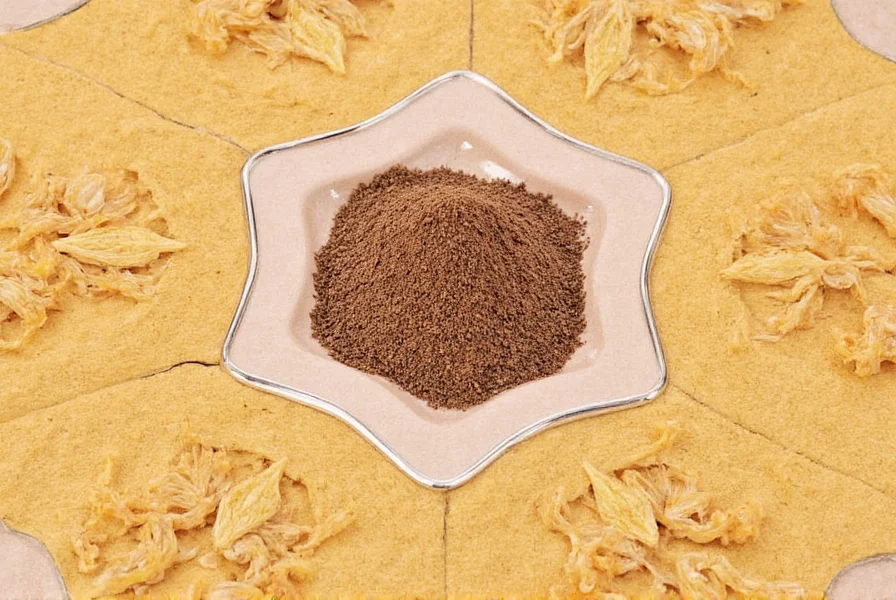
Flavor Profile & Aroma
Anise seed brings a bold, sweet, and unmistakably licorice-like flavor to any dish. Its dominant compound is anethole, which is responsible for both the sweetness and the warming sensation on the palate. It pairs beautifully with both sweet and savory ingredients, making it incredibly versatile.
- Taste: Licorice-forward, mildly spicy, sweet
- Aroma: Strongly aromatic, reminiscent of black licorice
- Mouthfeel: Slightly oily when chewed, with a numbing aftertaste
When toasted lightly, anise seeds release a more complex aroma — slightly floral and nutty — which makes them even more desirable in spice blends.
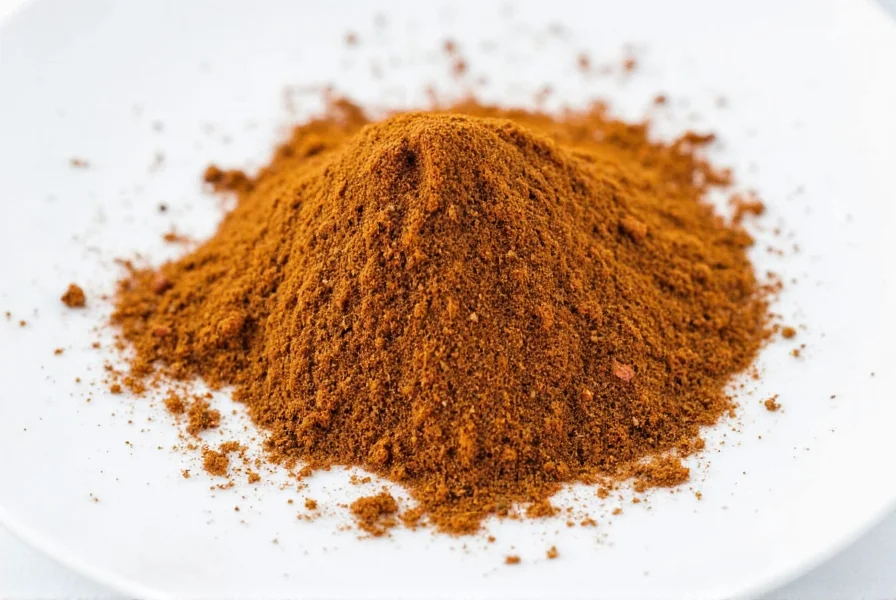
Culinary Uses Around the World
From Europe to Asia, anise seed is a kitchen hero. Here’s how different cultures celebrate this sweet little powerhouse:
Europe
- Italy: Used in biscotti, pizzelle, and sausage seasoning.
- Germany: Essential in Lebkuchen (gingerbread) and Christmas cookies.
- France: Featured in the iconic spirit Pernod and various baked goods.
Middle East & North Africa
- Lebanon: Mixed into kibbeh and flatbreads for a unique depth of flavor.
- Morocco: Part of ras el hanout blend and stews like tagines.
India
- Included in certain garam masala mixes and used to season pickles and chutneys.
Mexico
- Main ingredient in the traditional drink atole de anís and popular candies.
Popular Liqueurs Featuring Anise Seed
- Pernod (France)
- Ouzo (Greece)
- Sambuca (Italy)
- Absinthe (Switzerland/France)
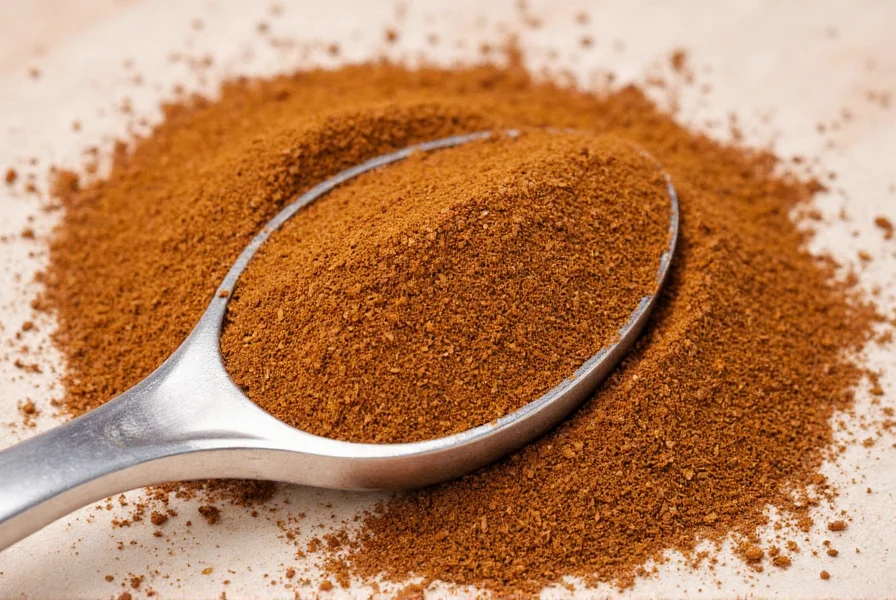
Health Benefits You Might Not Know
Beyond its flavor, anise seed offers several health benefits thanks to its active compounds like anethole, antioxidants, and anti-inflammatory agents.
- Digestive Aid: Soothes indigestion, bloating, and gas. Commonly brewed into tea after meals.
- Antioxidant Boost: Rich in polyphenols that combat oxidative stress.
- Respiratory Relief: Helps loosen mucus and ease congestion (used in cough syrups).
- Hormonal Balance: Some studies suggest mild estrogenic effects, possibly aiding menstrual discomfort.
However, moderation is key — large quantities can cause allergic reactions or interact with medications. Always consult your healthcare provider before using anise medicinally.
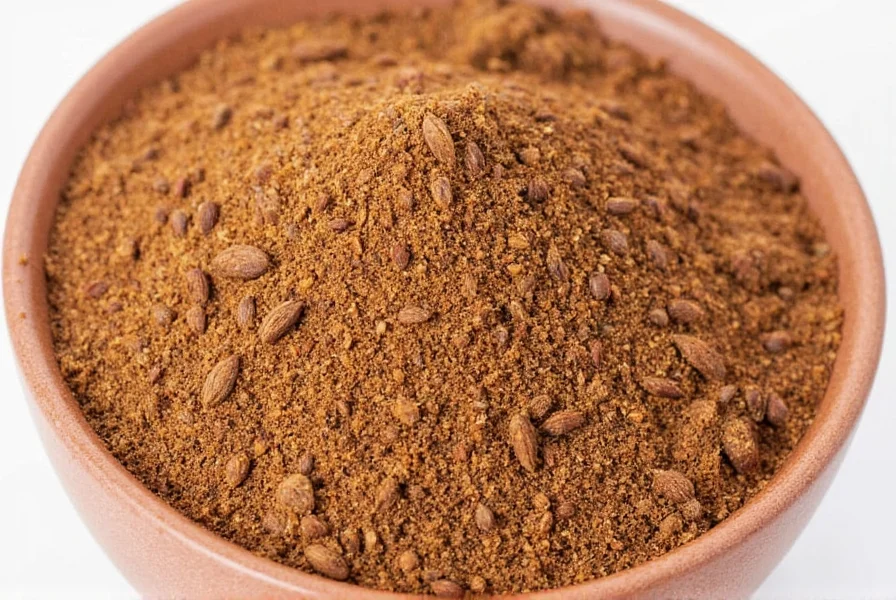
5 Pro Tips for Cooking with Anise Seed
- Toast First: Lightly dry roast anise seeds in a pan before using to unlock deeper flavors.
- Grind Fresh: Whole seeds retain potency longer, but grinding just before use enhances flavor.
- Balance Sweetness: Pair with citrus zest or cinnamon to prevent overwhelming licorice notes.
- Infuse Liquids: Add crushed seeds to hot milk, cream, or syrup for desserts and beverages.
- Use Sparingly: Its strong flavor can easily overpower other ingredients if used in excess.
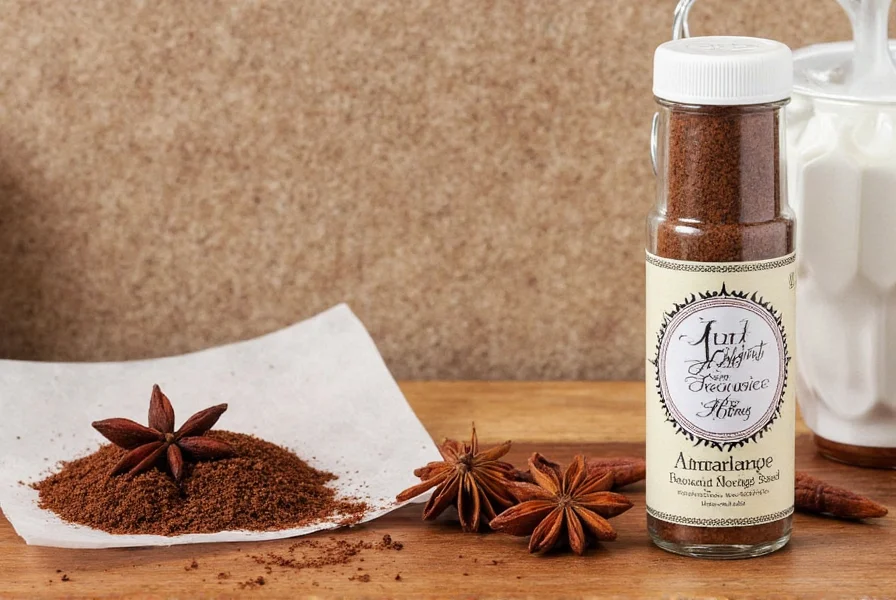
Your Ultimate Buying Guide
Buying high-quality anise seed can elevate your dishes from good to unforgettable. Here's what to look for and where to find the best options:
What to Look For
- Whole Seeds: Choose intact, plump seeds without cracks or discoloration.
- Color: Should be light green to grayish-white — avoid dull or brownish seeds.
- Smell: Fresh anise seeds should smell sweet and intensely aromatic.
- Packaging: Opt for airtight containers or resealable pouch to preserve freshness.
Top Picks for High-Quality Anise Seed Spices
| Product | Features | Advantages | Use Cases | Who It's For |
|---|---|---|---|---|
| Spice Hunter Organic Anise Seed | Organic, non-GMO, sustainably sourced | Clean, pure flavor; eco-friendly packaging | Baking, infusions, spice blends | Home cooks and organic food lovers |
| McCormick Gourmet Anise Seed | Premium quality, lab-tested for purity | Consistent performance, brand reliability | Baking, liqueur-making, seasoning | Casual cooks and bakers |
| Frontier Co-op Whole Anise Seed | Non-irradiated, bulk available | Cost-effective for heavy users | Teas, tinctures, large-scale baking | Herbalists, brewers, chefs |
| Simply Organic Anise Seed | Certified organic, USDA-approved | Ethically sourced, no additives | Homemade remedies, gourmet recipes | Health-conscious families |
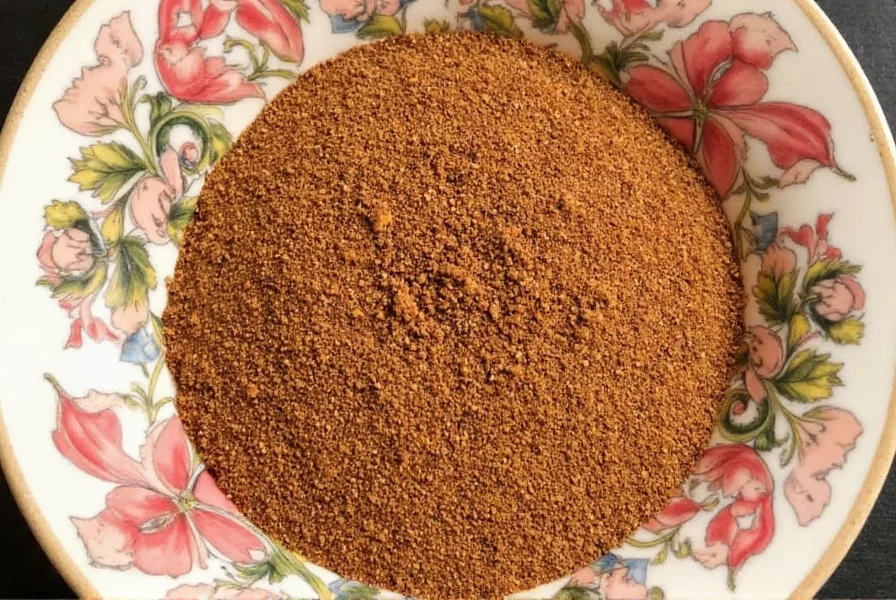
How to Store Anise Seeds Like a Pro
To keep your anise seeds fragrant and flavorful for months, follow these simple storage guidelines:
- Container: Store in an airtight glass jar or tin away from light.
- Location: Keep in a cool, dark cupboard or pantry — not near heat sources like ovens.
- Duration: Whole seeds last up to 2–3 years; ground seeds lose potency faster (6–12 months).
- Moisture Control: Avoid humidity to prevent clumping or mold growth.
If you're serious about preserving quality, consider vacuum-sealing larger quantities for long-term storage.
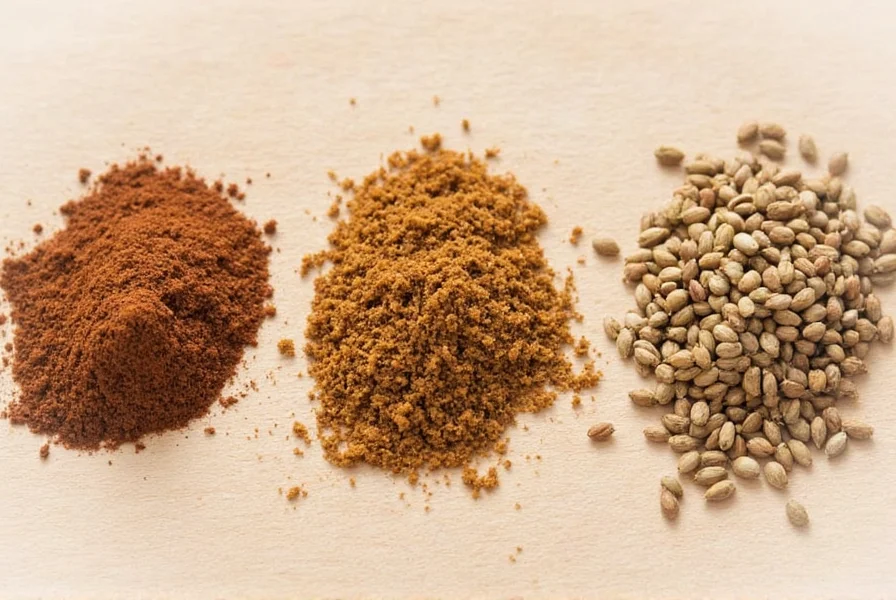
Conclusion: Embrace the Anise Love
Anise seed spice may be small, but its impact on flavor is mighty. Whether you're whipping up holiday cookies, experimenting with global recipes, or exploring herbal teas, anise is a spice worth keeping in your pantry. With a bit of knowledge and practice, you’ll master the art of balancing its bold personality and unlocking its full potential.
So next time you reach for that jar of anise seed, remember — you're not just adding flavor. You're inviting centuries of culinary tradition onto your plate.
Ready to level up your spice game? Grab a bag of premium anise seed and start experimenting today!
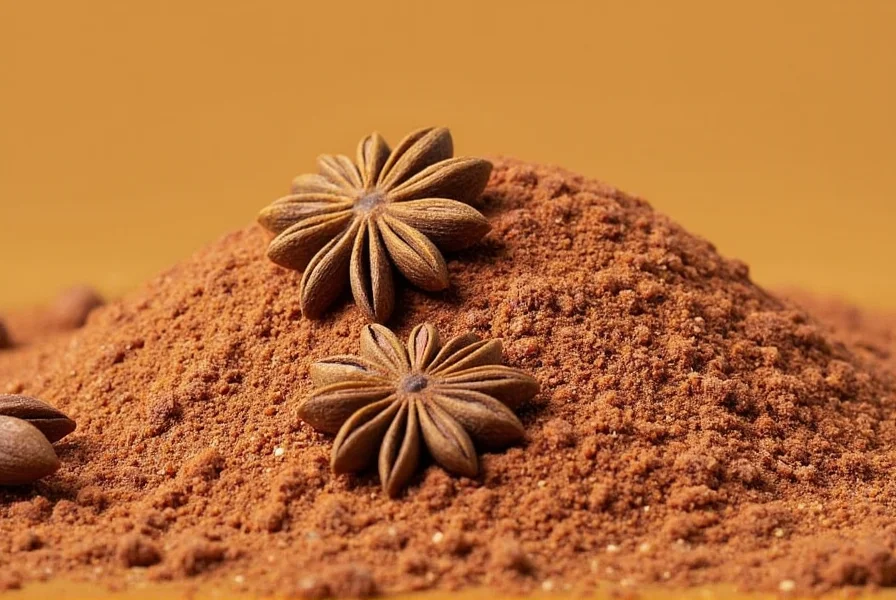

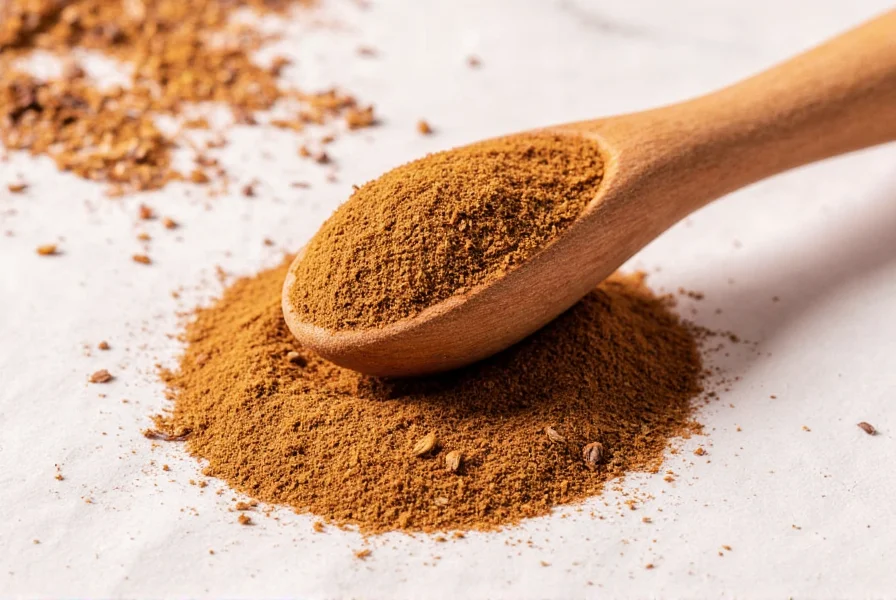









 浙公网安备
33010002000092号
浙公网安备
33010002000092号 浙B2-20120091-4
浙B2-20120091-4